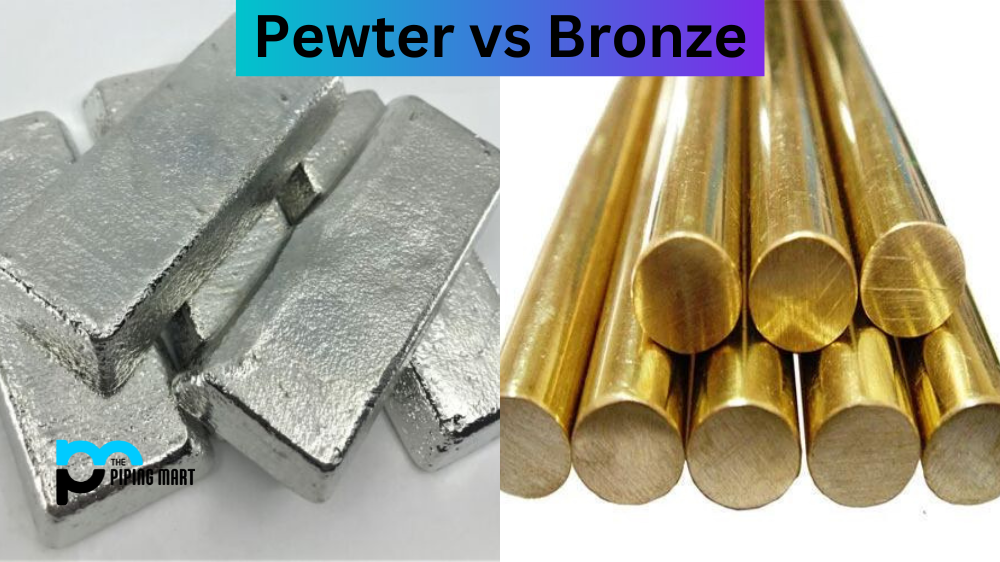Even if you’re not an experienced welder, you’ve likely heard of welding with steel and aluminium. But what about brass? Can it also be welded? The short answer is yes! Welding with brass is different from welding with other metals but can lead to some great results. Let’s take a look at the ins and outs of brass welding.
Welding Process for Brass
The most common method for welding with brass is gas tungsten arc welding (GTAW). This process involves using an electric arc created by a tungsten electrode to bond two pieces of metal together. It’s important to note that GTAW is best used on thin materials since it can generate high heat and cause warping in thicker materials. To prevent this from happening, the welder should use a lower amperage when working on thicker pieces of brass.
Another option for welding brass is oxyacetylene gas welding (OAW). This process relies on a combination of oxygen and acetylene gas to join two pieces of metal together. OAW is better suited for medium-to-thick pieces because it produces less heat than GTAW and also offers more control over the heat that does get generated. However, due to the complexity of OAW, it requires more skill to master than GTAW.
Tips for Successful Brass Welding
As with any type of metalworking, there are certain precautions that must be taken when working with brass in order to ensure successful results. First, make sure your surface area is clean and free from dirt or debris before starting your project; this will help create stronger welds. Second, always wear protective gear such as goggles or a face shield when welding with brass; its bright sparks can cause eye damage or even blindness if they come into contact with unprotected eyes. Finally, use the right type of filler material(s) for your project; some metals require specific fluxes or alloys in order to create strong welds, while others may require different types of shielding gases for optimal results.
Conclusion:
Welding with brass can be tricky but can lead to some beautiful results if done correctly! To make sure your projects turn out as planned, remember these tips: make sure your surface area is clean before starting, always wear protective gear, and use the correct filler material(s) depending on what type of metal you’re working with. With these steps in mind, you should have no problem creating strong and lasting welds when working with brass!

Abhishek is a seasoned blogger and industry expert, sharing his insights and knowledge on various topics. With his research, Abhishek offers valuable insights and tips for professionals and enthusiasts. Follow him for expert advice on the latest trends and developments in the metal industry.




